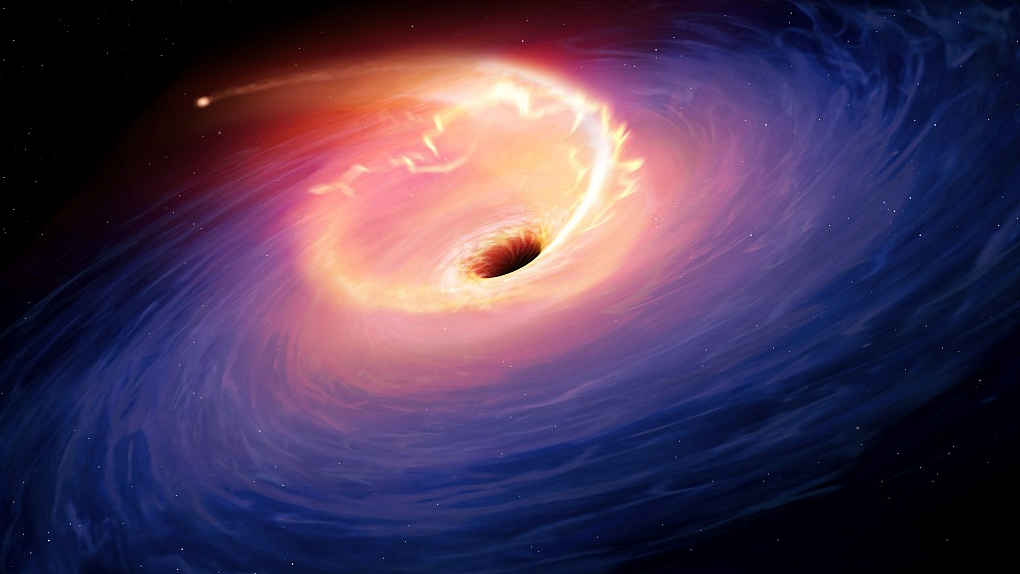Black Hole mowing down a Star in “Scary Barbie”
A celestial object called “Scary Barbie” has been blazing for two years and hasn’t yet sputtered out despite its incredible brightness.
One of the longest, brightest, and most energetic cosmic objects ever seen has been discovered by astronomers. They have dubbed it “Scary Barbie,” in part because of its scary power.
The far-off item, a startlingly brilliant flash of light that has persisted for more than two years, was found hiding inside a vast data set obtained by computer-guided telescopes.
The researchers discovered they had stumbled across one of the most intense cosmic explosions ever seen after locating the brightly burning region of sky in the data and comparing it with observations taken by other telescopes. They published their research on April 17 on the preprint service arXiv(opens in new tab), and The Astrophysical Journal Letters has accepted their work for publication.
It’s ridiculous. “Supernovas are among the most luminous objects in the sky, but even if you multiply a typical supernova by a thousand, we’re still not at how bright this is,” said co-author Danny Milisavljevic, an assistant professor of physics and astronomy at Purdue University. “I have never experienced a phenomenon with this much energy.”
Scary Barbie was created during the dying moments before a star was ripped apart by a gigantic black hole.
Black holes use the tidal forces produced by their powerful gravitational pulls to feed on hapless stars that happen to cross their paths. The gravity acting on the parts of the star closest to the black hole is significantly stronger than that acting on the star’s farside as the star is drawn ever-closer to the black hole’s mouth. This difference “spaghettifies” the star, turning it into a long, string-like structure that tightly winds around the black hole layer by layer, much like spaghetti around a fork.
After rapidly accelerating around the black hole, this hot plasma noodle spins out into a massive jet of energy and matter, creating a unique dazzling beam of light that optical, X-ray, and radio-wave instruments can detect. This transitory event is what is known as.
Astronomers missed the event because Scary Barbie’s light came from a distant part of the sky and had to travel 7.7 billion years across the expanding fabric of space-time. Instead, the researchers searched through data from several observations using a machine-learning system they named Recommender Engine For Intelligent Transient Tracking before discovering the incredibly bright light source. The scientists were better able to identify the light as originating from a transient event by utilizing the Lick Observatory in California and the Keck Observatory in Hawaii.
But even among other extremely rare and extreme astronomical events, Scary Barbie — a nickname created by adding its randomly assigned alphanumeric name, ZTF20abrbeie — with a reference to its terrifying power — is strange. While transitory occurrences typically only last a few weeks or months, Scary Barbie has already blazed incandescently for more than two years with no sign of ceasing. It is significantly brighter than any other transient event the astronomers could compare it to.
The researchers predicted that more observations of Scary Barbie, maybe with the help of the Hubble and James Webb space telescopes, would allow them to capture some high-resolution pictures of the exceedingly uncommon cosmic outburst.
“There are few things in the universe that can be so powerful, reactions that can be this long-lived,” Milisavljevic affirmed. “Discoveries like this really open our eyes to the fact that we are still uncovering mysteries and exploring wonders in the universe — things no one has ever seen before.”

